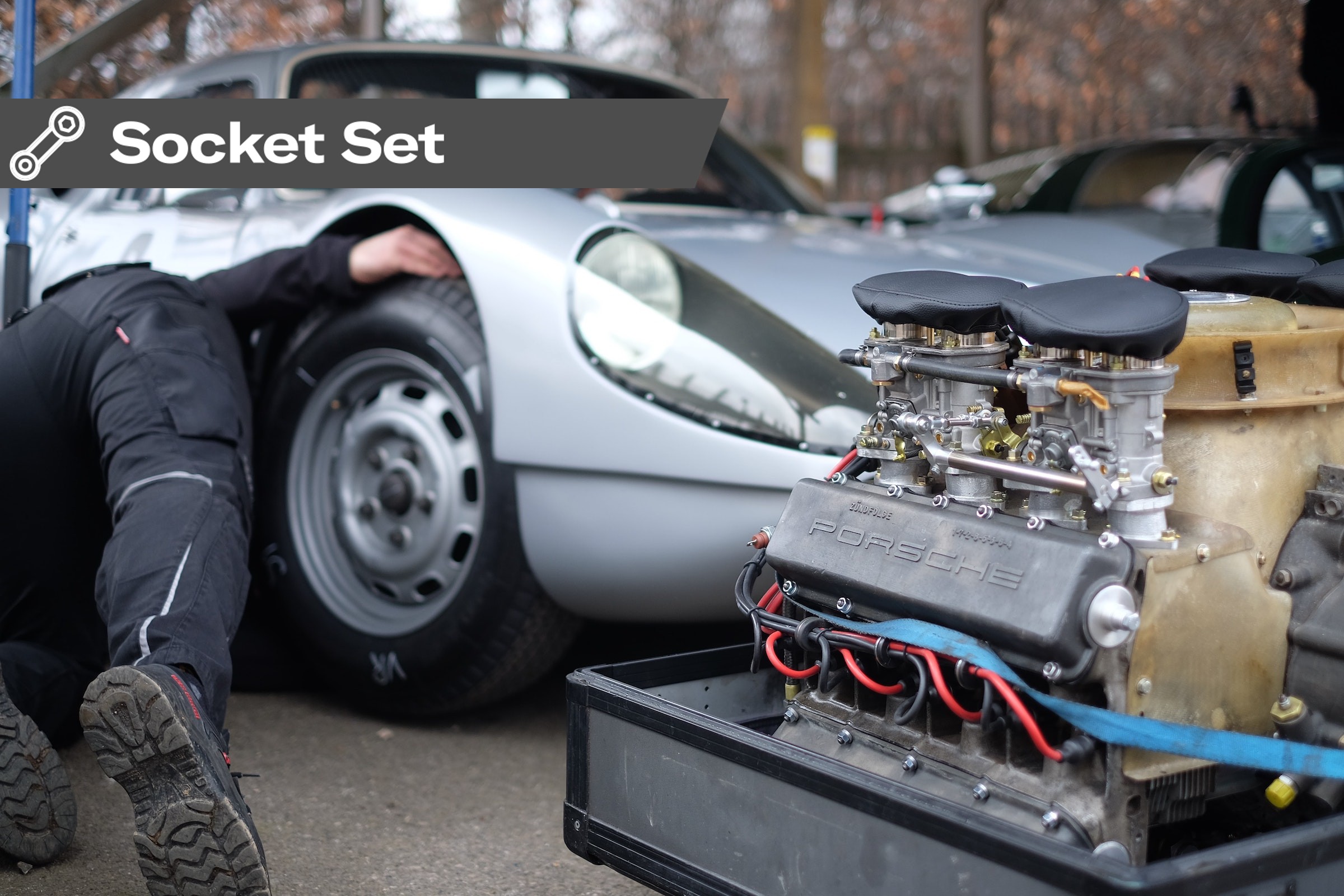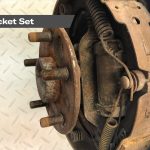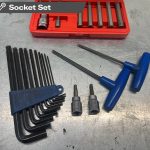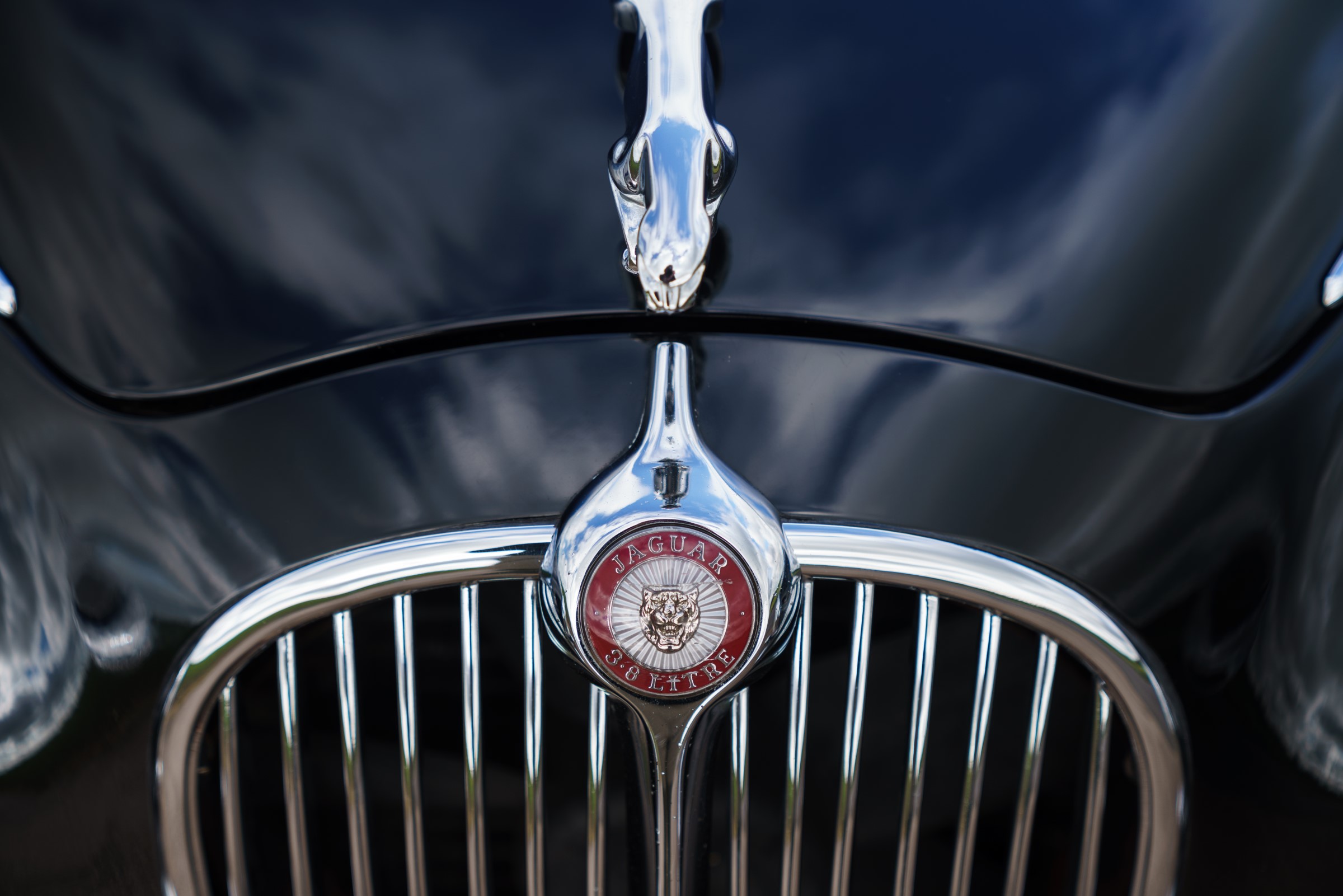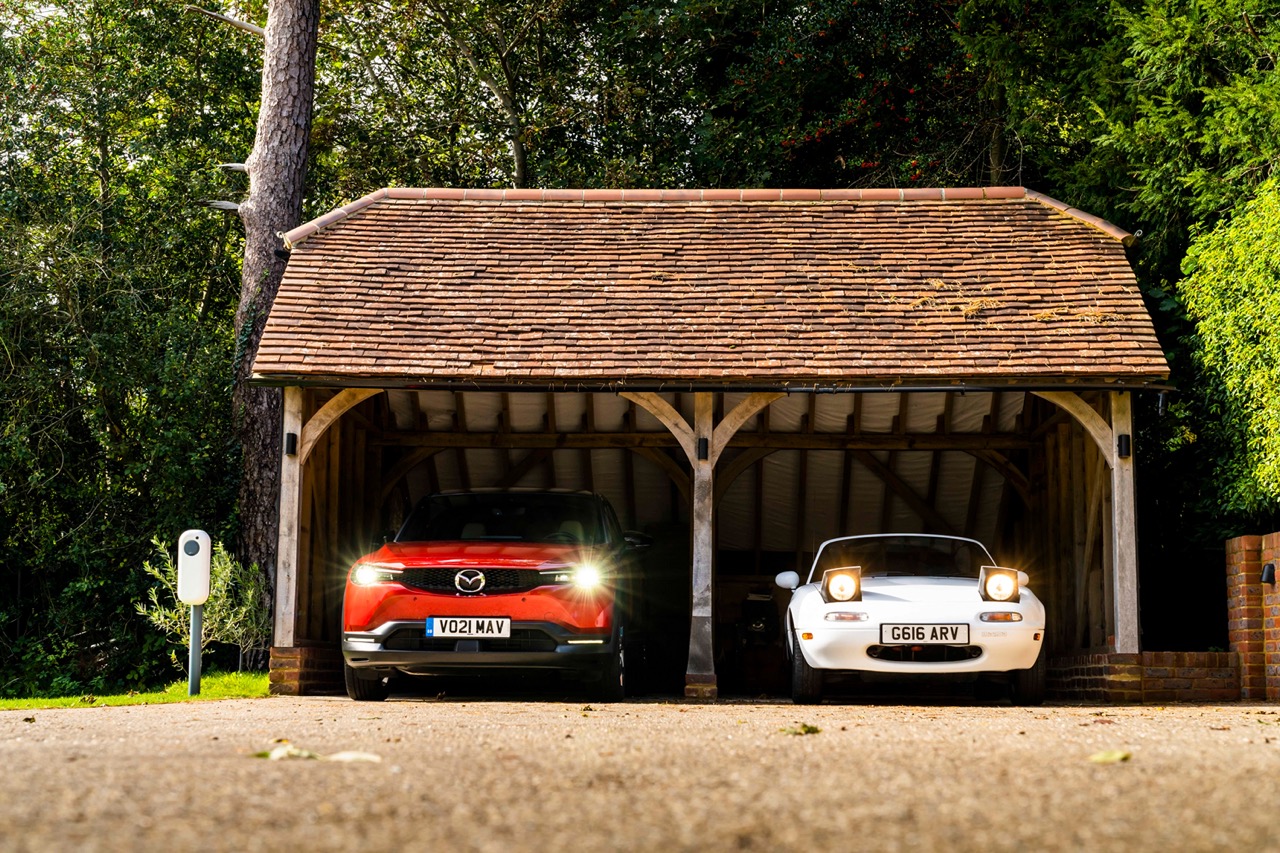Can you trust your classic car?
Well, can you? Trust it to take you any distance that is, without winding up on the back of a recovery truck?
Contemplating lengthy trips can end up being stressful rather than fun and relaxing if the robustness of your debatably-trusty steed is a bit of an unknown. It might seem okay, but what if there’s a gremlin lurking somewhere that hasn’t yet made its presence known? What if a death knock signals the engine is signing-off for good, or an electrical fault calls time in the middle of nowhere?

In fact there are plenty of ways of reducing the risk of that happening pretty much to zero with a bit of thought. A good place to start is to become immersed in the underlying technology on which the car is based, and what its limitations are. When a car was made has a bearing on how sophisticated the engineering is and begs the question, when does a classic become a classic?
“Modern classic” is one of those terms that has evolved in the last few years but has no hard and fast definition. I tend to think of them as sharing fundamentally similar technology to modern cars, so ignition and fuel controlled by an ECU, fuel injection, rather than carburetion, a coil pack rather than old-school coil, power steering, that kind of thing.

Go back a bit further and the lines begin to blur. Single point fuel injection, then carburettors with some electronic control, or carbs and electronic ignition. Further still, like the 1960s and ‘70s and we’re back to contact breakers, coils and carbs, drum brakes at the front, then back to pre- and post-war, things like modern oil seals weren’t in use and oil was supposedly prevented from leaking around crankshafts and axles by rotating scrolls, oil throwers and rope seals.
The secret to feeling confident with any classic is to be hands-on and familiar with the way it all works. Each car has its own signature, the approach taken to designing it, and with technical familiarity comes confidence.
That’s why dismantling and maintaining a classic yourself has a value beyond the satisfaction of working on it, having fun and saving money. The more you take apart and reassemble, the more you know about the precise condition of everything, especially the potential show-stopping bits. The ultimate is a full home restoration and being able to set forth on any trip knowing every last nut, bolt, washer, gear, chain and belt that makes the car tick.

Beyond the pure maintenance aspect (knowing there’s oil in the sump and water in the radiator kind of stuff) exploring the finer details of a car’s inner workings gives a great insight into its weak points. Most cars have them and the more modern they are, the less likely they are to have an Achilles’ Heel of the breakdown kind.
For example, stepping back in time to those early pre-oil seal days, the methods in place may have held up okay when the car was new, but decades of wear and possible distortion, even in rebuilt components, can be a recipe for problems.
The rear axle of post-war MG T-Types are an example. The half shaft of the axle passes out of the axle casing through a bronze push in which is machined a spiral groove. The idea is that the oil is pumped back along the groove by the rotating shaft as it attempts to escape. It’s a notorious leak point and as it exits, drips into the brake drums ruining the shoes and rendering the brake useless.
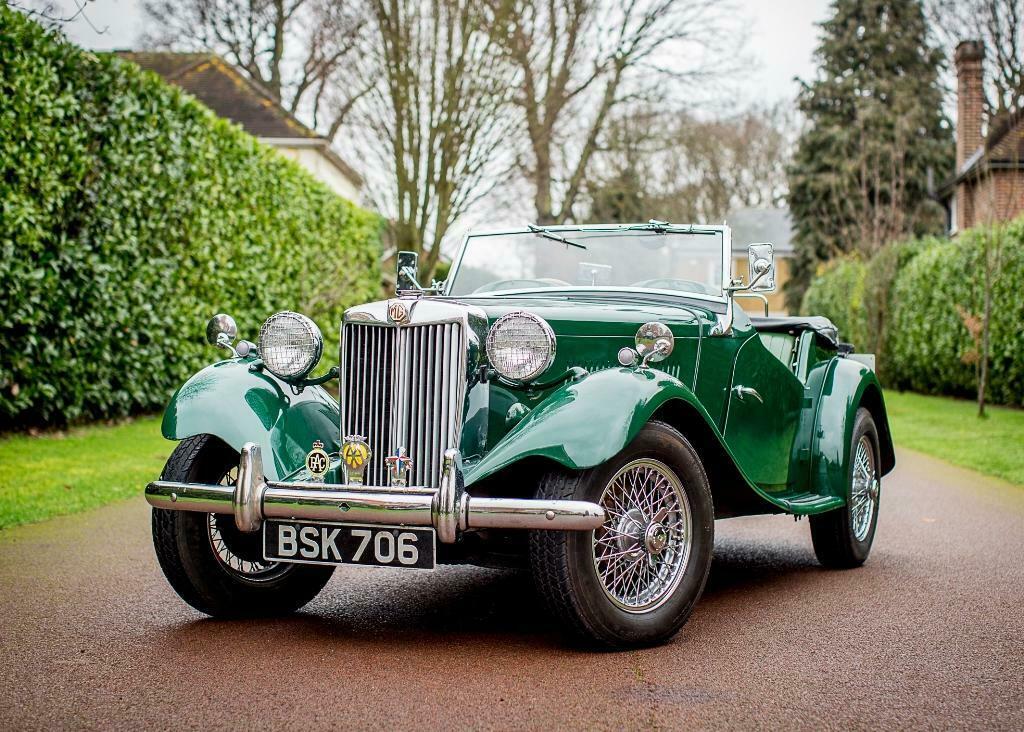
Even with complete refurbishment they can be difficult to make oil-proof to the extent that modern oil seal upgrades have been developed for them. Intimacy with the mechanics of this area at least gives an understanding of what inconvenient truth may become obvious on a road trip in one.
Bodged or poor quality work is common on older cars, particularly as a hangover on unrestored ones from an era when they were neither cherished or that valuable, when an owner may just have wanted to keep them going for a bit of cheap fun. Familiarity with the mechanics of a particular model also gives an insight into remanufactured components that look spot-on, but even when brand new don’t function as they should. It doesn’t happen a lot, but it does happen.
So the moral of this story is not to let the recently acquired pride and joy be a stranger for too long. Get to know it inside out, its foibles (all cars have them) intricacies and downright awkward bits as soon as possible. With that knowledge will come peace of mind and pleasure, even on a long trip.
Read more
Socket Set: Practice makes perfect for slick soldering
Hard Craft: A.C.F. Howell metal finishers is a shrine to shine
Knowing when to back away from a repair
